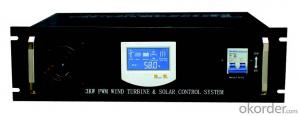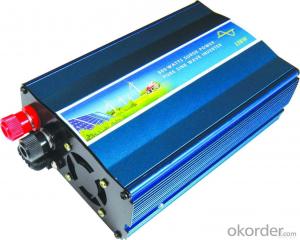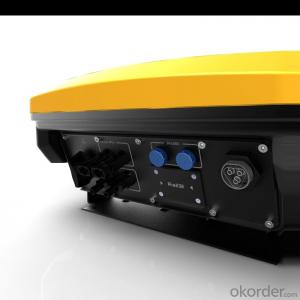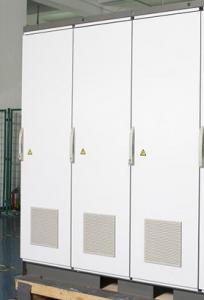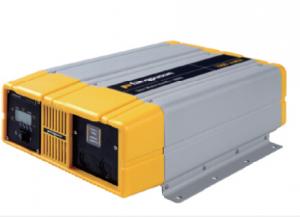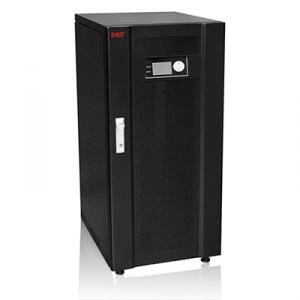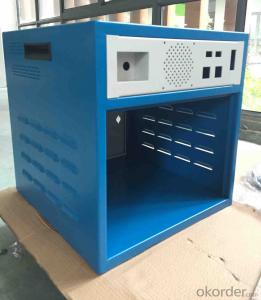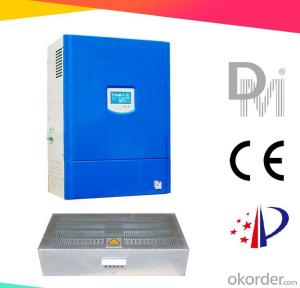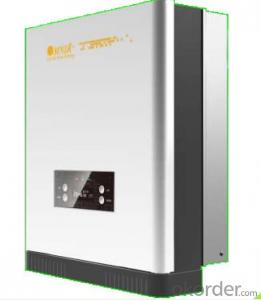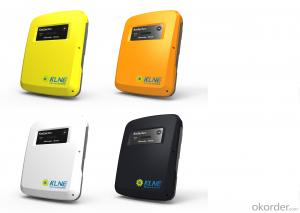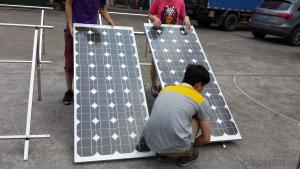Off-Grid Solar Inverter
Off-Grid Solar Inverter Related Searches
Offgrid Solar Inverter Off Grid Inverter Solar Off Grid Solar Power Inverter Off Grid Hybrid Solar Inverter Off Grid Solar System Inverter Solar Off Grid Inverter Off Grid Solar Hybrid Inverter Solar Micro Inverter Off-Grid Inverter For Off Grid Solar On-Grid Hybrid Solar Inverter Solar Hybrid Off Grid Inverter Offline Solar Inverter Best Off-Grid Solar Inverter Off Grid Solar Inverter System Inverter Solar Off Grid On Off Grid Solar Inverter Solar Inverter Off Grid Solar Panel Off Grid Inverter Off Grid Solar Micro Inverter Solar Power Inverter Off Grid Hybrid Solar Inverter Off Grid Kodak Solar Off-Grid Inverter Off The Grid Inverter Off Grid Solar Inverter 48v On Grid Solar Inverter Best Solar Off Grid Inverter On Grid Solar Power Inverter On Grid Solar System Inverter On Grid Inverter Solar Delta Off Grid Solar InverterOff-Grid Solar Inverter Supplier & Manufacturer from China
Off-Grid Solar Inverters are essential components in solar energy systems, converting the direct current (DC) generated by solar panels into alternating current (AC) that can be used by household appliances and devices. These inverters play a crucial role in ensuring that the energy harnessed from the sun is effectively utilized, making them a vital part of any off-grid solar power setup. They are particularly useful in remote locations or areas where grid electricity is unreliable, providing a sustainable and eco-friendly power source.The application and usage scenarios for Off-Grid Solar Inverters are vast, ranging from powering homes and businesses in off-grid locations to supporting backup power systems during grid outages. They are also employed in recreational vehicles, boats, and other mobile applications where a stable power supply is needed. These inverters can handle various power demands, making them suitable for a wide array of electrical devices, from small appliances to larger systems like air conditioning units.
Okorder.com is a reputable wholesale supplier of Off-Grid Solar Inverters, offering a comprehensive selection to cater to different power requirements and system configurations. With a large inventory that includes various models and capacities, Okorder.com ensures that customers can find the right inverter to meet their specific needs. Their commitment to providing high-quality products and excellent customer service makes them a trusted source for those seeking reliable off-grid solar solutions.
Hot Products

